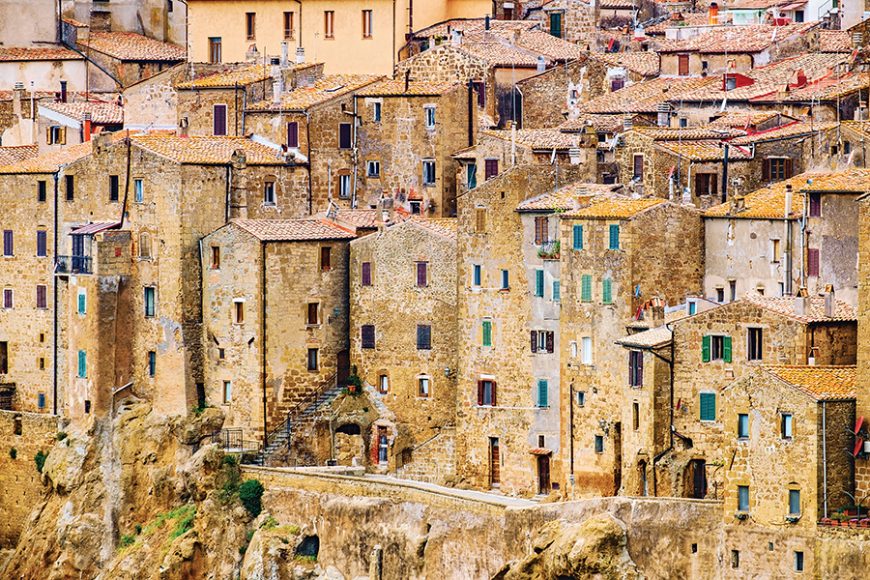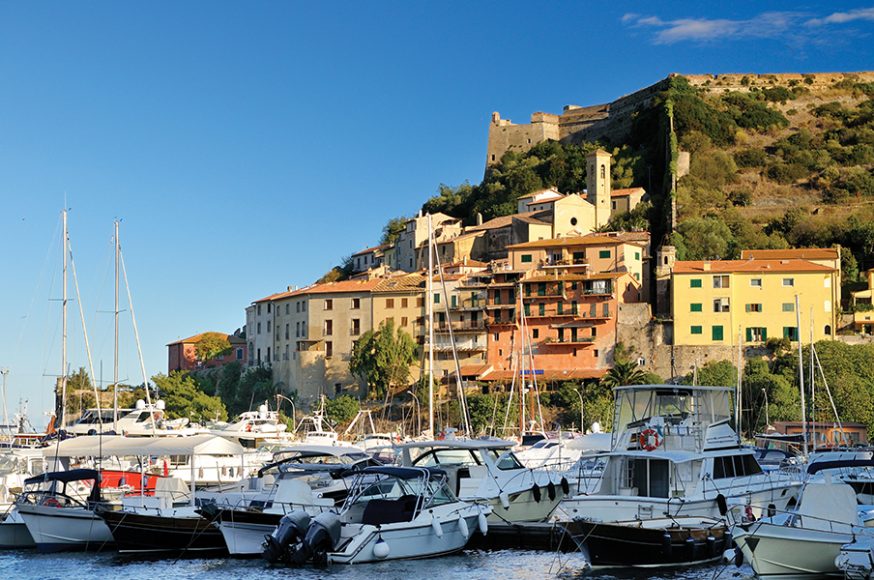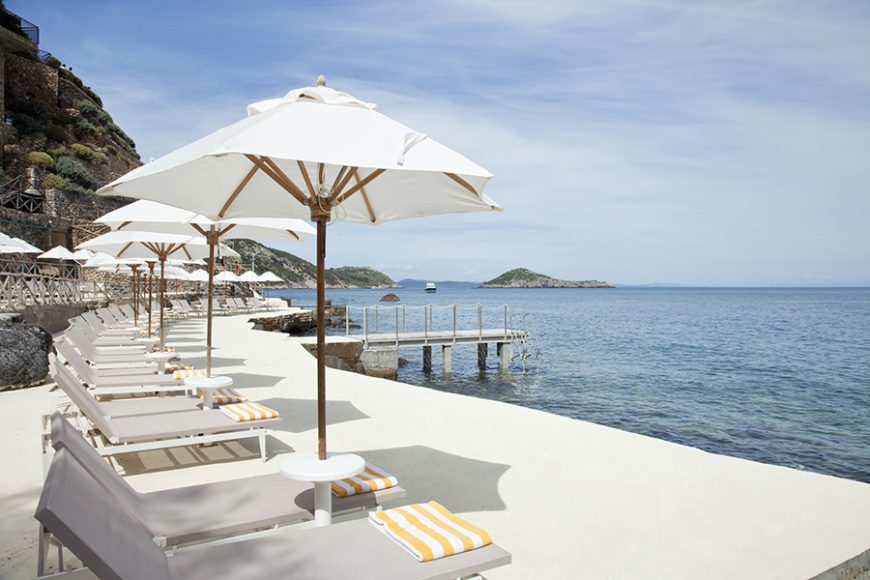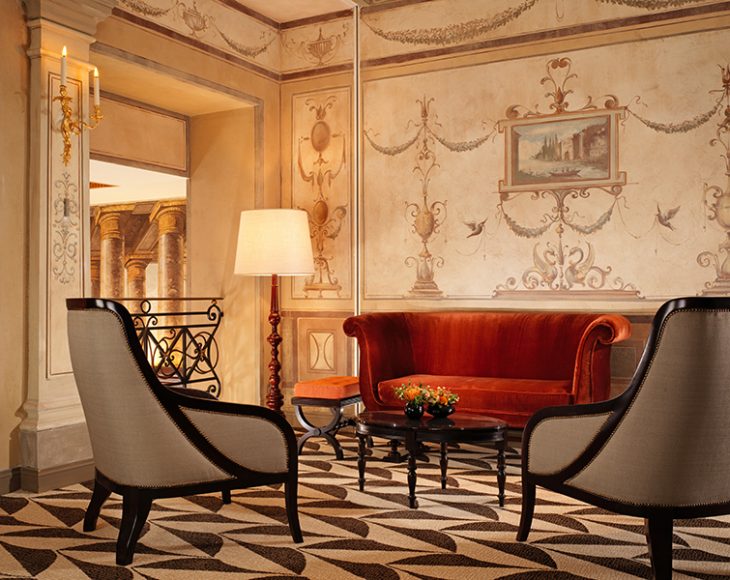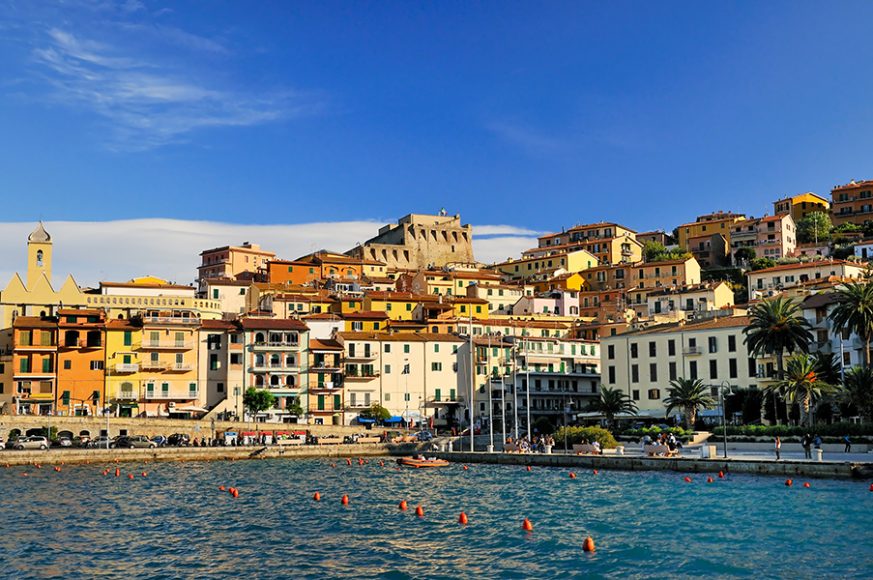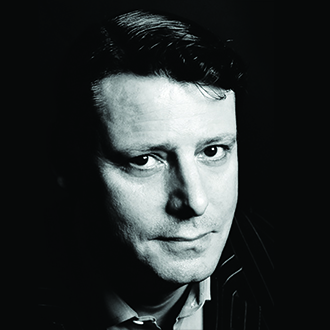“P-o-r-t-o E-r-c-o-l-e, near Rome, Italy,” I enunciated slowly for the benefit of my mother-in-law, who derives vicarious pleasure from my travels, often tracking my progress on a map.
There was a pause at the other end of the phone. Then came the retort. “You’re going to a place called E. coli? Tell me this is some sort of joke.”
Porto Ercole is one of two towns on Monte Argentario, a hilly, roughly circular promontory about five miles across, 90 miles north of Rome. An hour and a half after you leave Fiumicino Airport, you swing off the autostrada and find yourself driving through the small town of Orbetello. A jolly place packed with gelaterie and buzzing with Vespas, Orbetello ends without warning as quickly as it began and suddenly you’re heading out along a causeway, washed on both sides by a whispering, vermillion tide. And at the end of it stands Monte Argentario — verdant, curvaceous, beckoning.
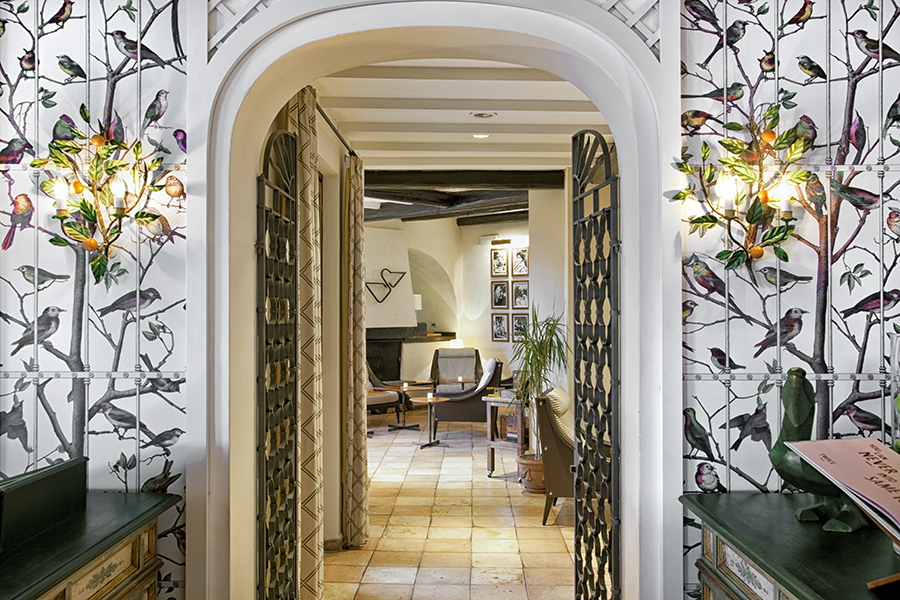
The ancient Romans, like the modern ones, knew a good thing when they found it. Argentario, the “silver place,” apparently took its name from a family of wealthy Roman bankers who had grabbed it for their weekend retreat. One of their scions, Domitius Aenobarba, had the dubious fortune to marry Agrippina the Younger. In time they were “blessed” with a son — Nero.
I’m sure every sensible Roman packed an overnight bag and headed straight for Argentario when Rome burned under his watch (in the year 64). It’s certainly what I try to do after a few days in the Eternal City. Because magnificent as Rome is (and incidentally, if you have not had an opportunity to visit Rome’s recently reopened Hotel Eden, part of the Dorchester Collection, all I can say is, go), it is also a bit too enervating. Eternal City, OK, but how Keats ever managed to write a line there, to me is an eternal mystery. No, when I need to rest or repair frazzled nerves — or find some artistic solitude — it’s to Argentario that I head.
Porto Ercole, on the south side of the promontory, has jet-set connotations, but you could come here for a month (pocketbook permitting), go to the minimart in sweatpants and shades and never see a soul if you didn’t want to. On the other hand, it’s hard to resist the siren call of Il Pellicano. A few miles out of town, in what must be one of Europe’s dreamiest locations, “the Pelican” has been tempting sybarites since it opened in the 1960s. A russet-hued Tuscan villa on a hill above the limpid sea, Il Pellicano brims with flowers and class. Over the years it has grown, subtly and with restraint, and a handful of pretty cottages now dot the hillside. The private beach, with sun loungers so luxurious that you want to curl up and spend the night on them, is served by a lift that slices vertically through sheer rock from the hotel’s swimming pool above down to the water’s edge.
Real celebs, ones who genuinely don’t care about celebrity, adore Il Pellicano. And though it helps, it’s not just money that counts here. An English royal, a very gracious lady, comes to stay for a week each spring. On arrival, she tells the staff (the ones she doesn’t already know) to call her please by her first name. She may be a close relation of the queen, but that doesn’t mean she has money to throw around. “I’d rather come to Il Pellicano for just a week than spend three anywhere else,” she has been quoted as saying and that says it all.
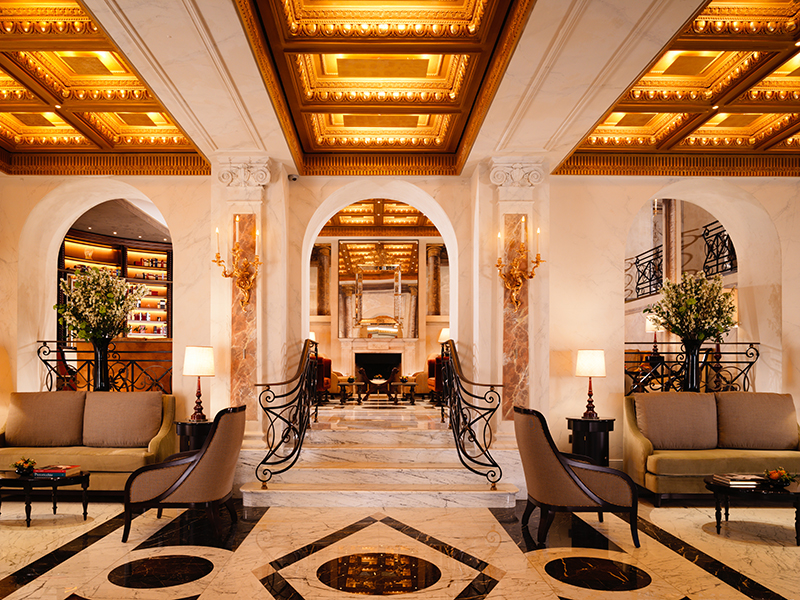
For the freelance writer, any exploration of the artistic self usually involves work, not to put too fine a point on it. Last summer, with a budget to trim and a book to finish, we said no to Porto Ercole and rented a very modest apartment, on the other, less expensive side of the promontory instead — near the grittier, more “real” town of Porto Santo Stefano.
We quickly fell in love with this part of Argentario, finding rocky beaches where we could swim in the morning, returning home for a lunch of figs and stracchino cheese on our terrace. In the late afternoon, we would drive into Porto Santo Stefano to shop for fruit and fish and take a gelato at one of the cafés at the water’s edge.
At the butcher, the butcher’s boy wore shorts, an apron and a baseball cap, a cigarette stuck laddishly in the corner of his mouth as he sharpened his cleaver. But goodness he knew how to cut a fiorentina, that peculiarly Tuscan T-bone that you fling on white hot coals and traditionally adorn with nothing more than a drop of olive oil and a couple of twists of the pepper mill.
One day, we took the local ferry for the hour-long crossing over to Giglio, a very beautiful, unspoiled small island, which was virtually unheard of by non-Italians until the cruise ship, Costa Concordia, struck an underwater rock offshore in 2012 and capsized, with considerable loss of life. With that tragedy behind it, the island has now returned to gentle oblivion, its pint-sized semicircular harbor lined with restaurants serving spaghetti alle vongole or scampi risotto.
There were other excursions too, undertaken late in the day, when the shadows were long and the heat had gone, at least somewhat, from the sun — the medieval hill town of Pitigliano, deep in the ravishing countryside of southern Tuscany an hour from Argentario, for instance; or Capalbio, only 20 minutes from Porto Ercole, where you can join the smart Roman weekend set for pappardelle with wild boar and Technicolor sunsets straight out of the movies.
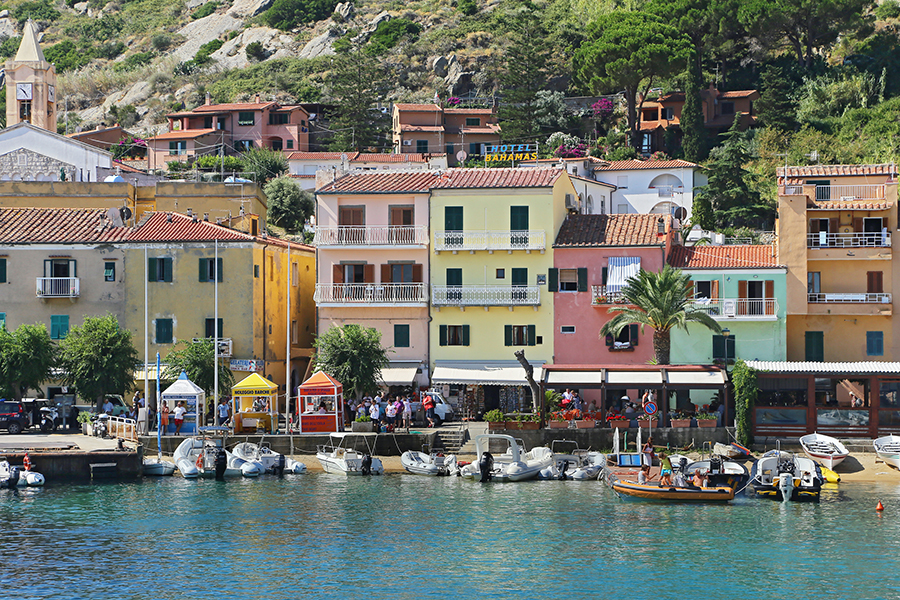
But the siren call of Argentario always lured us back. After braving the “mainland,” there was a palpable sense of relief as we left “Italy” behind us and headed back over the causeway to Porto Santo Stefano. The town, with picture-perfect twin harbors (one working, one pleasure) has all the charm — the harmony of water, light and color — of a Portofino or a Capri, only it is a living, year-round community, and you feel its vibrancy.
Our last night, when the moon was full and the air was heavy with tuberose, we went to an end-of-summer festa at Le Canelle, a beach club half a mile down the road. Tina Charles belted out “I Love to Love” and Baccara cooed “Yes Sir, I Can Boogie,” those expendable minor hits of the 1970s which we might disdain but which the romantic, bopping Italians still hold dear to their hearts. What a night. My mother-in-law, it turned out, was prescient. No E. coli, I’ll grant you, but there is a bug on Monte Argentario and it’s highly contagious. The moon hits your eye like a big pizza pie and, that’s it: It’s got you — the Love Bug, which, as it turns out, is a great fillip for the artistic self. Early the next morning, I was eager to start work again. Refreshed, inspired anew and without a trace of a hangover.

